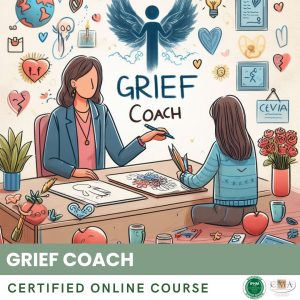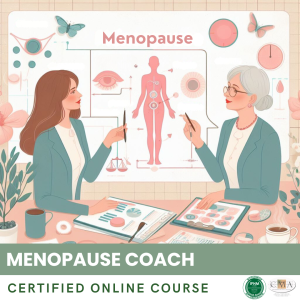LGBTQ+ individuals present specific vulnerabilities related to addictions and risky behaviors. Confronted with chronic stress due to discrimination and stigmatization, they may be tempted to resort to negative coping strategies such as the use of psychoactive substances or the adoption of risky sexual behaviors.
Drug use (cannabis, poppers, cocaine, chemsex…) and excessive alcohol consumption are common in certain segments of the LGBTQ+ population. These substances may be used to manage social anxiety, particularly in gay social settings (bars, nightclubs, sex clubs). They are also sometimes used to enhance performance and sexual pleasure or to disinhibit themselves. Thus, a gay man suffering from anxiety and loneliness may regularly consume poppers and alcohol in a sexual context to heighten sensations and mitigate his psychological suffering.
Certain behavioral addictions such as pathological gambling, compulsive shopping, or video game addiction can also develop as a reaction to distress and isolation. A trans person questioning their gender identity may spend an excessive amount of time on video games to escape a reality that is difficult to confront.
Risky sexual behaviors (multiple partners, unprotected intercourse, “bareback”…) are another issue encountered. They can be linked to low self-esteem, a desire for recognition, or transgression. Some sexual consumption places (backrooms, saunas…) may encourage risk-taking in a context of disinhibition and pursuit of strong sensations. A young gay man newly “out” may multiply unprotected intercourse to satisfy a need for seduction and self-assertion.
These risky behaviors have detrimental consequences on physical and mental health. They increase exposure to sexually transmitted infections (HIV, hepatitis, syphilis…) and can lead to addiction with major psychosocial repercussions. Not to mention the legal risks associated with the use of illegal drugs.
Faced with these issues, the coach must address these issues without taboo or judgment. It is essential to understand the functions of these behaviors (emotional management, self-assertion, quest for meaning) in order to propose alternative strategies. Work on self-esteem, acknowledgement of needs, and stress management is often necessary.
The coach must also promote risk reduction behaviors: condom and gel use, regular screenings, controlled consumption, setting boundaries… If necessary, they will direct to specialized addiction or sexual health structures for comprehensive care.
Beyond individual support, the coach can also raise awareness among family, friends, and the LGBTQ+ community about these issues. Breaking the taboo on these subjects, disseminating targeted prevention messages, and creating safe dialogue spaces are all levers to reduce risky behaviors. The coach is a vital link in promoting health and well-being for LGBTQ+ individuals in a caring and empathetic approach.
Key points to remember:
– LGBTQ+ individuals are more vulnerable to addictions and risky behaviors due to chronic stress related to discrimination and stigmatization.
– Drug use and alcohol are common in certain segments of the LGBTQ+ population, to manage social anxiety, increase sexual performance, or disinhibit themselves.
– Certain behavioral addictions (gambling, compulsive shopping, video games) may develop as a reaction to distress and isolation.
– Risky sexual behaviors (multiple partners, unprotected intercourse) are linked to low self-esteem, a desire for recognition, or transgression.
– These behaviors have detrimental consequences on physical and mental health (STIs, addiction, psychosocial impact).
– The coach must address these issues without taboo or judgment, understand the functions of these behaviors, and propose alternative strategies.
– Work on self-esteem, assertion of needs, and stress management is often necessary.
– The coach must promote risk reduction behaviors and redirect to specialized structures if necessary.
– Raising awareness among relatives and the LGBTQ+ community about these issues is important for reducing risky behaviors.
👉 To download docx (Editable) file click here : Click here
👉 To download PDF file click here : Click here
👉 To download MP3 file click here : Click here







